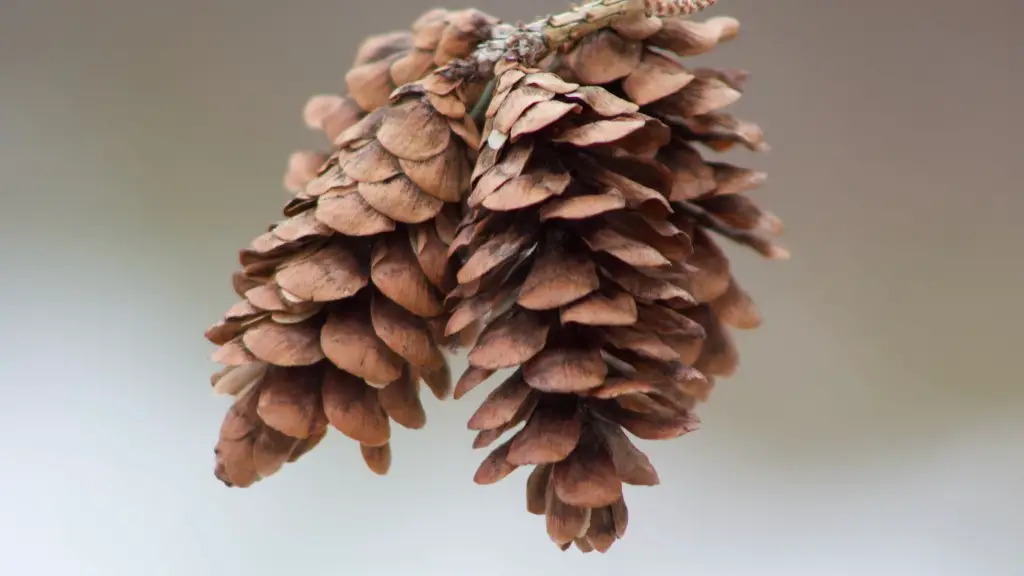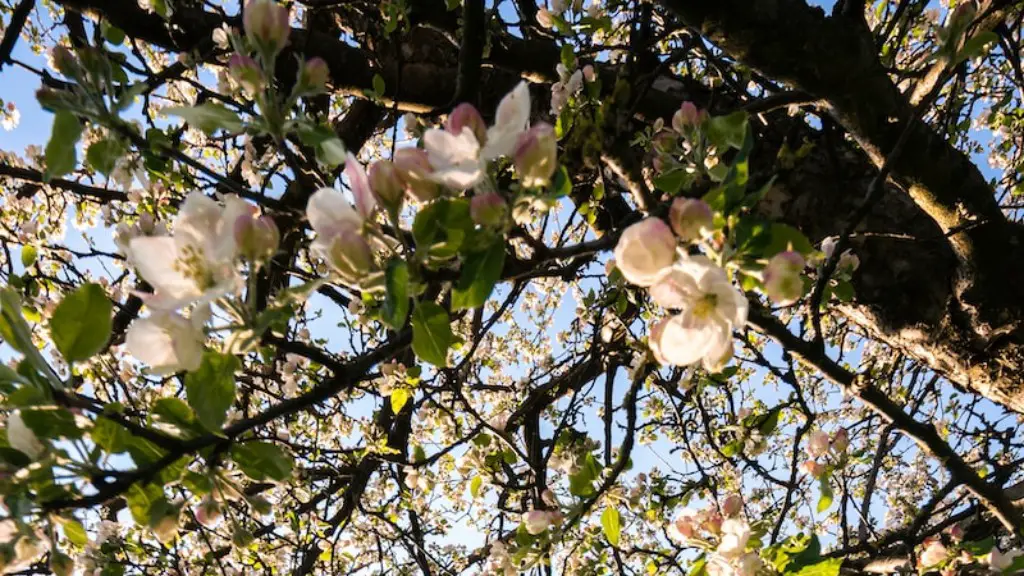The art of bonsai is often thought to be limited to specific types of trees and shrubs. However, with the proper technique, you can bonsai almost any plant – including a palm tree. Palm trees make excellent bonsais due to their interesting appearance and hardy nature. If you’re thinking of bonsai-ing a palm tree, read on for some helpful tips.
Bonsai is the art of growing a tree in a container, and it can be done with any type of tree, including a palm tree.
How do you take care of a bonsai palm tree?
It’s important to let the soil dry out completely in between watering, especially in the spring, summer, and fall. This will help ensure that your bonsai gets the nutrients it needs and doesn’t overwater. Fertilize in the spring with a slow-release bonsai fertilizer to help your bonsai thrive.
Bonsai is a Japanese art form using cultivation techniques to produce small trees in containers that mimic the shape and size of full-size trees.
Almost any tree or shrub can be turned into a bonsai. The key is to prune the roots and the foliage so the plant remains (or is pruned) to be dwarfed.
Bonsai can be created from any plant, but some plants are better suited for bonsai than others. Some of the most popular plants for bonsai include:
-Azalea
-Camellia
-Ficus
-Juniper
-Maple
-Pine
The best way to determine if a plant is suitable for bonsai is to consult with a bonsai expert or nursery.
Can you bonsai a coconut tree
It can be a challenge to keep a coconut tree in a container, and even more so to keep it small. The tree does not grow branches and its trunk does not have cambium layers. But by restricting root growth and pruning leaves, the coconut can be kept small. This is why growers would refer to these as Coco Bonsai.
It is unfortunately not possible to propagate palms using the same techniques that are commonly used for other plants in the garden. This means that taking a cutting from a palm tree will not result in a new palm tree. Palms can only be grown from seed.
Why are Bonsai trees so hard to take care of?
Bonsai trees are often kept indoors, which can be difficult for tropical trees since they need a lot of light and humidity.
Bonsai trees are beautiful and unique plants that make a great addition to any home. While they may be small, they still require the same care as any other plant. Here are a few tips to help you keep your bonsai tree alive and healthy:
-Water your bonsai tree regularly. The frequency will depend on the type of tree, the size of the pot, and the climate, but a good rule of thumb is to water once a week.
-Fertilize your bonsai tree every few months with a high-quality fertilizer.
-Prune your bonsai tree as needed to maintain its shape.
-Place your bonsai tree in a spot where it will get indirect sunlight. Too much sun can damage the leaves, and too little sun will prevent the tree from growing.
By following these simple tips, you can enjoy your bonsai tree for years to come.
What is the hardest tree to bonsai?
Bonsai is an ancient art form that involves the cultivation of miniature trees in containers. It is said that bonsai cultivation began in China over a thousand years ago, and eventually made its way to Japan. Today, bonsai is practiced all over the world by people of all ages.
There are many different species of trees that can be used for bonsai, but some are more difficult to grow than others. In this article, we will take a look at five of the most difficult bonsai tree species to grow.
1. Cherry Blossom
The cherry blossom is a beautiful tree that is native to Asia. It is popular in bonsai for its delicate flowers which bloom in spring. The cherry blossom is difficult to grow because it is very sensitive to temperature changes and can easily die if it gets too cold or too hot.
2. Gardenia
The Gardenia is a popular houseplant that is also used for bonsai. It is native to Africa and Asia and is known for its beautiful flowers which have a strong fragrance. The Gardenia is tricky to grow because it requires a lot of humidity and can be sensitive to changes in temperature and light.
3. Buttonwood
The apple tree (Malus) is perfect for bonsai styling due to its strong growth, great flowering, and petite fruits. This makes it a very good bonsai tree for beginners.
What happens if you let a bonsai tree grow
Although the roots of a bonsai provide it with all the essential nutrients it needs to thrive, a confined pot limits its ability to spread out and absorb these nutrients. If you let your bonsai grow too big, the root system will eventually die from being crowded out.
Bonsai is a type of art that involves growing miniature trees in containers. You can make most species of trees into bonsai, including many native British trees like oak, yew, and larch. You can also use trees from all over the world. Deciduous and evergreen trees can both be used for bonsai.
Can fruit trees be bonsai?
Bonsai are not a specific species of tree, but rather a technique that can be applied to almost any tree species. This means that you can use fruit trees to grow bonsai!
The key to keeping bonsai trees small is to regularly prune them, wire them, and repot them. Over the course of several years, the leaves will slowly reduce in size, which is crucial for the tree to appear natural.
Bonsai can be created from any type of tree, including mango trees. To create a bonsai, the tree must be started as a seedling. The bonsai planter must provide the right growing conditions for the tree to develop a strong root system and trunk. With proper care, any tree can be developed into a beautiful bonsai.
Can palm tree grow from cuttings
If you want to grow your own palm, you can either buy a small offshoot from a nursery or garden center, or germinate the seeds yourself. To germinate the seeds, you’ll need to plant them in a warm, sunny spot. Once they sprout, you’ll need to water them regularly and fertilize them every few weeks. Once they mature, you can transplant them to a larger pot or into your garden.
Palm trees lack cambium, which is a layer of tissue that helps the tree repair itself. This means that any wounds inflicted on the tree will remain for the rest of its life. Palm trees are also susceptible to disease and pests, which can cause the tree to die.
How many years does it take for a palm tree to grow?
The bamboo plant is a fast-growing plant that can reach its full height in 20 years or less. It usually grows more than a foot a year and is a popular plant for use in construction, furniture, and other woodworking projects.
The Ficus bonsai is a great choice for beginners who are new to bonsai and don’t have time for regular waterings. The ficus is very resilient to underwatering, making it ideal for those who want a low-maintenance tree. Pruning the ficus bonsai is as simple as cutting back leaves.
Final Words
No, palm trees cannot be bonsai-ed.
Yes, you can bonsai a palm tree. The palm tree is a type of tree that can begrown in a pot and shaped into a bonsai.




